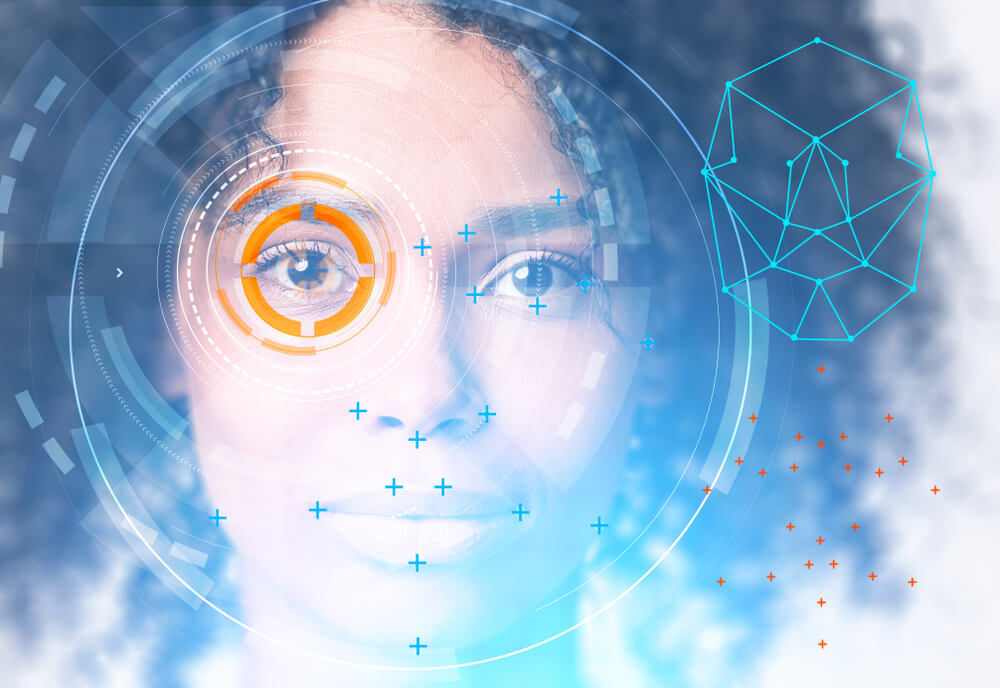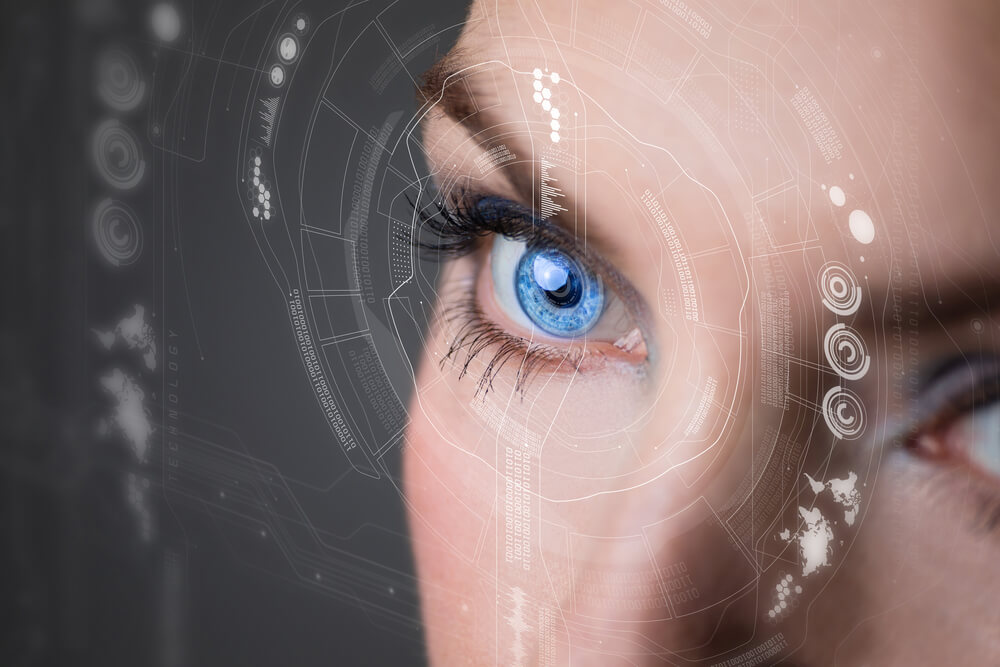What Are The Emerging Risks From Biometric Technology?
The most popular method of authentication is biometrics. The reason behind it is, these matrices are static, they cannot be misplaced, they are not transferable, cannot be forgotten, they are highly resistant to alteration. By 2020, 90% of the organizations will implement biometrics as a mode of authentication according to a Spiceworks report. 179 million personal records had been compromised in 2017 due to 1579 data breaches. This increased the need for an authentic mode of verification, physical biometrics. But they have seen regulatory issues and range of hacking attacks. Many organizations and individuals are using physical biometrics as an integral part of security (Mobile passwords).
Most common physical characteristics include in biometrics are iris recognition, voice recognition, hand geometry, face recognition and fingerprints. Fingerprints are one of the oldest and most used biometrics. Biometrics are becoming more famous because it is a complete identity verification service and there are a number of reasons for its popularity. It enhances user security and privacy while improving customer experience, it reduces IT costs, and increase transactional volume.
Let Us See What Are The Emerging Risks From Biometric Technology?
Limitations of physical biometrics:
Biometrics is surprisingly useful characteristic to authenticate the identity but they correspond various limitations.
Cloning:
Biometrics are immune to cloning because they are as strong as built-in biometrics in the device. Hackers have defeated biometric authentication by deploying user-coercion methods and they defeated the strongest identity verification of S8 iris recognition and Apple’s TouchID.
Difficult to change:
Biometrics are very difficult and costly to change if changing is required. For instance, if a voice is changed due to illness or age or fingerprint get worn due to injury or incessant use.
Read More: How Machine Learning is helping business grow in market?
Biometrics hacks:
Biometric hacks could be more dangerous and have greater consequences if stolen. If someone has managed to steal fingerprint of a person, he/she can’t get new fingerprints and a criminal can use it for his fraudulent activities.
Despite the facts of biometric technology and its applications, the security it provides for the identity of people seems an illusion due to the challenges it brings with it. The question remains, is it a foolproof complete security system or it is just a part of it.
Significant measures for challenges:
Biometrics are providing security services with a profound impact on human society. But the potential of hacking for collected data for misuse still exists. In fact, security agencies are not prepared with the existing processes, policies, technology and tools to combat hacks of biometrics.
There is a need to define effective policies and procedures as new biometrics applications as going global. It may have impacts on human society, accuracy, interoperability, potential health risks, privacy and multimodality need to be managed effectively. Network and data hacking risks also raise concerns due to sensors inaccuracy or spoofed sensors and main and most important concern is what if the whole AI system got compromised? Who should be blamed? These all emerging challenges for organizations and such systems are growing rapidly. It is also creating a fear of surveillance society.
Between privacy, security and surveillance for the blurring boundaries, it raises serious concerns about the individuals because of the way the digital data is produced, stored, compared and how it is linked to other information. In fact, biometric technology in many cases is not designed for the invasion of privacy. Biometric sensors produce a digital map of the human body that is stored in the local database or transmitted across the network to store in a central database.
It becomes vulnerable in both, transit and storage. While storing in the database or transmitting data must be encrypted to protect. Identifying and authenticating via biometric sensors is a statistical process. As a result, bodily changes mean no 100% match for many biometric indicators. This is a very significant challenge for our current legal system because less than 100% identity authentication is not acceptable.
Current evolving biometric technologies are not fully secured and foolproof because they can easily be tricked and manipulated with the involvement of artificial intelligence as they are vulnerable to errors. It is time for decision makers to decide that ongoing identification and authentication services are on a high level of security or not and what to do next for its improvement.
Conclusion:
Many national security and policy questions are being raised due to the implementation of biometric technologies for verification. To meet the purpose of security and privacy the right type of security must be chosen. It is crucial for security firms to remove the false thoughts of people about biometric security by taking strong measures and awareness.
Acknowledgement and countermeasures need to be considered for the weakness and flaws of technology. The system is not a perfect solution and the ultimate security tool. Rather it is another layered approach to security that plays an important role and should not be demonized as unacceptable technology.
Read More: Top 5 technology trends in 2019 that will rule the future






